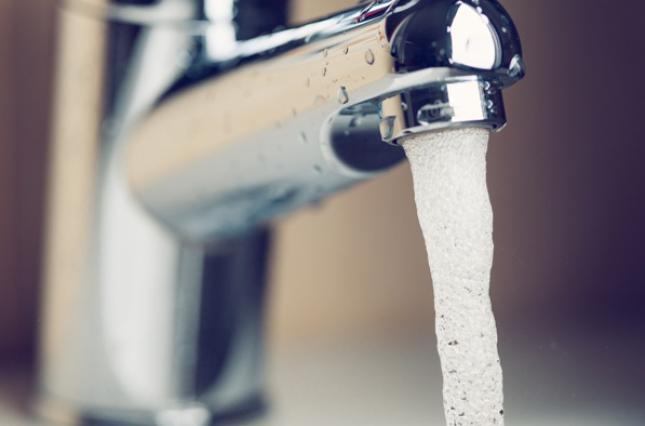
Contents:
- Keeping lead out of house dust
- Cleaning up lead dust
- Avoiding contact with lead in soil
- Safe Drinking Water
- Lead Paint Safety
- More ways to keep children lead-safe
Lead is a highly poisonous metal and can affect almost every organ in the body and the nervous system. It is a naturally occurring element found, due to human activity, in all parts of our environment. People can be exposed to lead through inhalation, ingestion and to a lesser extent, dermal contact. Because they absorb more lead than adults and because their brains and nervous systems are still developing, children under 6 and the developing fetus are most susceptible to lead exposure. The U.S. Environmental Protection Agency estimates that lead in drinking water can be 20% or more of a person’s lead exposure, but the most common source of lead exposure is ingestion of old lead paint. If you live in an older city home, you likely have lead in your paint and lead in your soil.
Keeping lead out of house dust
- Remove outside shoes at the door—visitors too.
- Ban smoking from your home. Tobacco contributes lead to house dust.
- Don’t carry lead dust home from work on your clothes.
- Avoid raising and lowering painted windows or frequently opening and closing painted doors that stick. The friction of moving surfaces can create invisible lead dust.
- In Philadelphia, dust from construction or demolition debris must be controlled. If you see dust clouds at a work site, call Air Management Services at 215-685-7580.
- In summer, place thick pleated air filters behind window fans or in the central air system (HVAC).
- In warm, dry, windy weather, regularly hose down the porch, sidewalk, and the nearby street.
Read more about fighting lead-contaminated soil and dust.
Cleaning up lead dust
- Lead is present in both visible dirt & invisible dust.
- Never dry-sweep with a broom—it can stir up clouds of fine lead dust. Wet-sweep bare floors and wet-wipe hard surfaces, then wash with household cleaner. Rinse well.
- Use a damp paper towel or disposable cloth to dust furniture.
- Replace old, threadbare carpets, if possible. You may also use area rugs to cover playroom carpets or high-traffic areas.
- Wash your own and your children’s hands often. After dusty work or play, wash your hands with lead-removing soap. Wash small children’s hands with lead-removing wipes.
Read more about housecleaning for lead safety.
Avoiding contact with lead in soil
- Don’t let children or pets play in bare soil anywhere: yard, park, or playground.
- Cover bare yard soil with sod, patio stones, thick mulch, or raised garden beds.
- Cover small bare spots—for example, under swings—with rubber mats.
- If you garden, cover bare soil with heavy landscape cloth and install raised beds on top. You can fill the beds with clean soil plus compost or compost alone.
- Ensure lead-free drinking water by flushing the cold water faucet for three to five minutes every morning, following the instructions in the Philadelphia Water Department’s “Daily Cleaning Tips" and "Intensive Flushing guide. You can also reference EPA's Flushing Best Practices Factsheet.
- During street excavation, drink bottled water. When the work is completed, flush your plumbing by the instructions above, followed by the “Daily Cleaning Tips.”
Read more about lead and drinking water.
- Cover peeling paint at child height using strong tape or contact paper. Block the area with furniture.
- Unsafe renovation is a major source of serious lead poisoning in both adults and children.
- For large areas of deteriorated paint, hire a certified contractor and check credentials.
- Never remove lead paint with a power sander or heat gun.
- Never remove exterior paint by power washing.
Read more about lead in paint.
More ways to keep children lead-safe
- Provide children with frequent healthy snacks high in calcium, iron, and zinc. A full stomach absorbs much less lead than an empty one.
- Buy and keep only toys made in USA, Canada, or Europe after 1990. Never buy toy jewelry from vending machines or dollar stores, or candy from Mexico.
- Provide children with a low-stress, language-rich, and education-rich environment. An active brain fights lead!

Factsheet: Lead and Drinking Water (English & Spanish)
